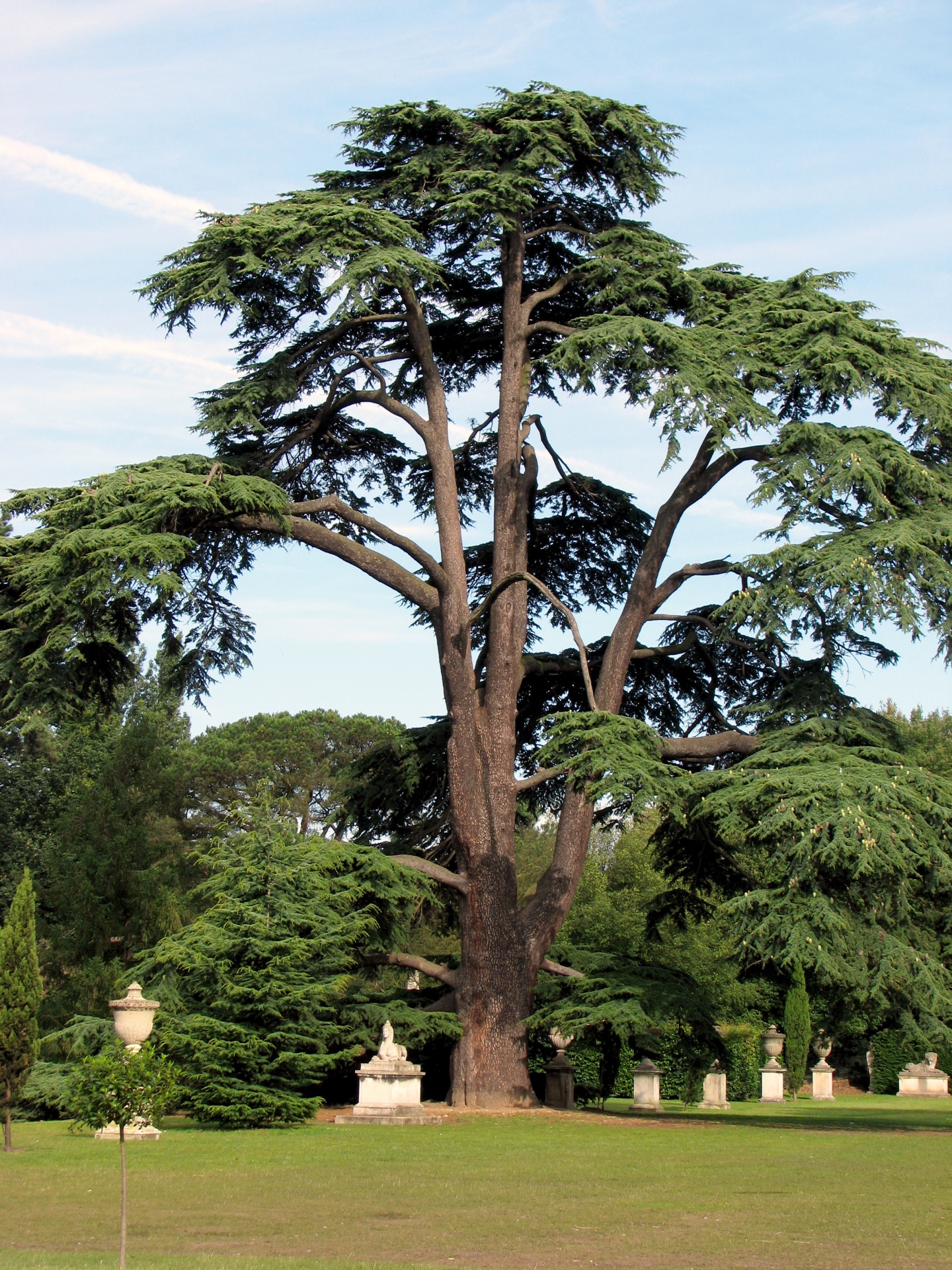Enhancing Your Home with Cedar: Design, Care, and More
Bringing the natural world indoors has always been a popular design choice, and few materials achieve this as effectively as cedar. With its warm tones, inviting aroma, and surprising practicality, cedar offers a unique way to elevate your home’s ambiance. Let’s explore the many facets of incorporating cedar into your interior design.
The Allure of Cedar: Beauty Meets Function
Cedar possesses a unique blend of aesthetic and practical qualities. Its warm hues and rich texture introduce a natural elegance, reminiscent of cozy cabins nestled in the woods. Beyond its visual appeal, cedar is incredibly versatile, seamlessly integrating into various design styles, from rustic farmhouse to sleek minimalism.
The Health Perks of Cedar: A Breath of Fresh Air?
Cedar’s distinct aroma is often associated with relaxation and improved sleep. It acts as a natural air freshener, subtly permeating your home with its woody scent. However, some individuals may be sensitive to cedar’s fragrance. Ensuring good ventilation, especially when introducing cedar, is recommended. Ongoing research continues to explore the potential health impacts of cedar, so staying updated on the latest findings is advised.
Practical Advantages of Cedar: Built to Last
Beyond aesthetics and aroma, cedar offers impressive practicality. Its natural resistance to insects, especially moths, makes it ideal for closets, drawers, and chests storing valuable fabrics. Cedar’s porous nature also helps regulate humidity, contributing to a more comfortable indoor environment. Furthermore, its natural decay resistance ensures your cedar installations will endure for years with proper care.
Design Inspiration: Cedar in Every Room
The design possibilities with cedar are vast. Imagine rustic plank walls evoking a countryside retreat, or sleek, gray-toned cedar panels adding understated elegance to a modern living room. Exposed cedar beams can bring architectural interest to high-ceilinged spaces. And don’t overlook cedar furniture—from coffee tables to bed frames—which can infuse warmth and character into any room.
Caring for Your Cedar: Preserving its Natural Beauty
Maintaining cedar’s beauty requires some care. Sanding before applying a sealant protects against moisture and damage while enhancing its natural color. Regular dusting with a soft cloth is sufficient for daily upkeep. For occasional cleaning, a slightly damp cloth is recommended. Avoid harsh chemicals, as they can strip the wood of its natural oils.
Frequently Asked Questions About Cedar
| Question | Answer |
|---|---|
| Is cedar safe inside the home? | Generally, yes. However, some individuals may have allergies or sensitivities to cedar’s aroma. Adequate ventilation can mitigate this. Testing a small piece in your space before committing to a larger project is always a good idea. |
| What cedar types are best indoors? | Western Red Cedar is popular for interior use due to its beauty, durability, and insect-repelling properties. Eastern White Cedar and Alaskan Yellow Cedar also offer unique characteristics suitable for specific projects. |
| How do I install cedar paneling? | While DIY installation is possible, professional guidance is often recommended for larger or more complex projects to ensure longevity and aesthetic appeal. |
While we’ve explored cedar’s potential benefits, remember that research is ongoing. This information serves as a guide, empowering you to make informed decisions about incorporating this versatile wood into your home.
Is Cedar Safe for Indoor Use? Benefits, Risks, and Best Practices
You don’t have to be rich to live in a cedar house. In fact, with a little planning, you can build a beautiful and affordable cedar home that will last for generations. Check out some of the most amazing cedar homes when you click here.
We’ve touched upon cedar’s general suitability indoors, but let’s delve into the specifics. While generally considered safe, certain nuances deserve attention, especially regarding the specific type of cedar and potential sensitivities.
Understanding Different Cedar Varieties
Not all cedars are created equal. Different varieties possess unique properties, making them better suited for specific indoor applications.
- Eastern Red Cedar: Excellent for insect repellency, often used in closets and chests. Its strong aroma, however, might be irritating to some.
- Western Red Cedar: A versatile option for various projects, including wall paneling, trim, and some furniture. It has a milder aroma than Eastern Red Cedar.
- Spanish Cedar: Often the preferred choice for indoor furniture due to its milder, sweeter fragrance and lower likelihood of irritation.
Moisture Resistance and Natural Pest Control
Cedarwood’s natural oils and tight grain contribute to its impressive moisture resistance, protecting against rot and decay. This makes it a smart choice for humid areas like bathrooms or basements. The pleasant cedar aroma also acts as a natural deterrent for moths, other insects, and even some mildew.
Addressing Potential Concerns: Softness and Sensitivity
Cedar is a softer wood compared to hardwoods, potentially raising concerns for high-traffic furniture. However, a proper finish can significantly enhance its durability. While many find the cedar aroma delightful, some may experience allergies or find it overwhelming. Adequate ventilation and sealing the wood can mitigate these issues.
Finishing and Preserving Your Cedar
Finishing your indoor cedar isn’t merely aesthetic; it’s crucial for protection. A finish acts as a barrier against moisture and damage. Options include polyurethane, lacquer, and wax, each offering different levels of protection and aesthetic effects. Regular dusting and occasional wiping with a damp cloth will help maintain its freshness.
Ongoing Research and Future Perspectives
While our understanding of cedar is extensive, research continues, particularly concerning long-term VOC exposure. Some studies suggest prolonged exposure to high concentrations may have health implications, although this remains an area of active investigation. Future research may refine recommendations for indoor cedar use.
The Bottom Line: Making Informed Choices
Cedar can enhance your home with its warmth and natural beauty. By understanding the different cedar types, considering potential sensitivities, and taking appropriate protective measures, you can enjoy its benefits for years. Weigh the pros and cons, consider your environment, and consult with professionals if you have specific concerns.
Is Cedar Wood Right for Your Interior? Benefits, Drawbacks, and Design Ideas
When you are building a house, you want to make sure it is built to last. Cedar siding is one of the most durable and weather-resistant materials you can use, and it will help your house look beautiful for years to come. Get to know more about cedar siding here.
Choosing the right wood for your interior is a significant decision, and cedar is a popular contender. Let’s delve into its suitability for your indoor spaces.
Cedar possesses a warm aesthetic and a natural scent many find appealing. It’s also known for its durability. However, like any material, it has its advantages and disadvantages.
The Appeal of Cedar: Aroma, Durability, and Versatility
Cedar’s fresh, outdoorsy aroma is a major draw, often perceived as calming. This scent also repels moths and other pests, protecting clothes and stored items. Cedar’s natural resistance to rot, decay, and insects contributes to its longevity, making it a durable choice for furniture and structural elements. Surprisingly versatile, cedar can be incorporated into various design styles, from modern to traditional, and used for paneling, ceilings, flooring, furniture, and accents. Its relative softness compared to hardwoods makes it easier to work with.
Considerations Before Choosing Cedar: Cost, Moisture, and Sensitivity
Cost can be a factor, as cedar tends to be more expensive than some alternatives. While naturally durable, cedar is not as moisture-resistant as some woods, requiring careful sealing in humid climates or moisture-prone areas like bathrooms and kitchens. Finally, while its aroma is generally loved, it can trigger allergic reactions in some individuals. Testing a small piece before extensive use is advised.
Weighing the Pros and Cons
| Pros | Cons |
|---|---|
| Pleasant, relaxing natural aroma | Can be expensive |
| Repels moths and other pests | Can be sensitive to moisture |
| Durable and resistant to rot & decay | May cause allergic reactions in some people |
| Versatile design options | |
| Relatively easy to work with |
Looking Ahead: Research and Evolving Practices
Our understanding of materials and their impact is constantly evolving. Ongoing research into wood allergies and new finishing techniques may influence future cedar use. Staying informed is crucial for making sound decisions about your home. The quality of cedar can vary significantly, and its sourcing and processing can affect its characteristics and environmental impact. Prioritizing sustainably sourced cedar, or even reclaimed cedar from older structures, is an environmentally responsible choice.
Is Cedar Siding Right for Your Home? A 2024 Deep Dive into Pros, Cons, and Costs
Choosing the right exterior material for your house is a significant investment, and cedar is a compelling option. Let’s examine why cedar might be a good fit for your home and what factors to consider before making a decision.
Cedar offers natural beauty and durability, adding character to your home’s exterior. Like a classic piece of furniture, it requires some care to maintain its appearance and longevity. Regular maintenance is essential for preserving its natural beauty and strength.
One of cedar’s advantages is its inherent resistance to insects and rot. This built-in defense system is a valuable asset in protecting your home. However, cedar isn’t invincible. It does require upkeep and might have a higher initial cost than some alternatives. Weighing the cost against its benefits is essential.
Pros of Cedar Siding:
- Curb Appeal Champion: Cedar’s warm colors and natural texture enhance your home’s exterior, boosting curb appeal.
- Energy Saver: Cedar acts as a natural insulator, helping regulate indoor temperatures and potentially lowering energy bills.
- Durable with Proper Care: With regular maintenance, cedar siding can last for decades.
- Natural Insect Repellent: Cedar’s natural oils deter insects.
- Easy to Work With: Cedar’s relative softness makes it easier to shape and cut for custom designs.
Cons of Cedar Siding:
- Price: Cedar can be more expensive than vinyl or fiber cement siding.
- Maintenance: Cedar requires ongoing maintenance, including regular staining, sealing, and cleaning.
- Vulnerable to the Elements: Without proper maintenance, cedar can be susceptible to rot, insect damage, and warping, especially in humid climates.
- Fire Hazard: Cedar is more flammable than some other siding options.
- Fading: Cedar’s color can fade over time due to sun exposure.
Maintaining Your Cedar Siding
- Regular Cleaning: Periodic cleaning removes dirt and grime. A gentle pressure wash is often sufficient.
- Annual Inspection: Inspect your cedar siding annually for signs of damage, decay, or pest activity.
- Staining and Sealing: Stain or seal your cedar siding every 3-5 years, depending on climate and finish type, to protect it from the elements.
- Prompt Repairs: Address any damage immediately to prevent further issues.
Frequently Asked Questions About Cedar Siding:
- How Long Does Cedar Siding Last? With proper care, cedar siding can last for decades.
- Is Cedar Siding Expensive? Generally, cedar is more expensive than vinyl or fiber cement siding.
- What’s involved in maintaining cedar siding? Maintaining cedar involves regular cleaning, staining, sealing, and prompt repairs.
- Is cedar siding fire-resistant? No, cedar is more flammable than some other materials.
- Is cedar an eco-friendly choice? Yes, cedar is a renewable resource.
While this information offers a comprehensive overview, ongoing research and advancements in building materials constantly provide new insights. Consulting with building professionals for the most up-to-date information is always recommended. They can help you make the best decision based on your specific needs and climate.
- Brown Recluse vs. Wolf Spider: Identification, Bites, and Control - April 8, 2025
- How to Identify and Get Rid of Brown Beetles in Your House - April 8, 2025
- Brick Stain Before & After: Inspiring Transformations You Can DIY - April 8, 2025










